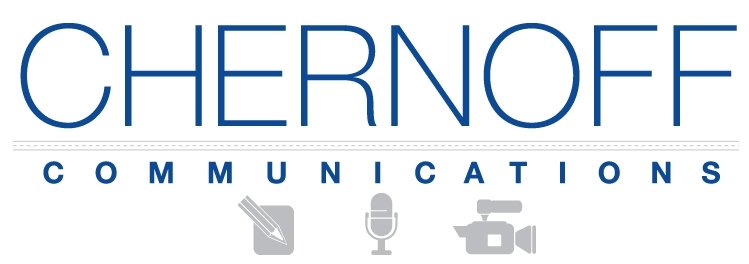Professional baseball players take batting practice seriously because they want to be prepared to handle any pitch they may face in a high-pressure game situation. This is the philosophy behind media training: practice one-on-one with an experienced interviewer to prepare for the toughest questions journalists may pitch. Quality media training helps executives refine their messaging, emphasis, body language, and delivery, empowering them to shine during the big interview and make important messages stick. Such in-person practice can be invaluable to building a strong media presence that can be the foundation of a successful marketing campaign.
But today, under social distancing restrictions, it’s challenging to safely conduct coaching in person. Wearing masks, moreover, deters from the ability to work on important aspects of presentation such as facial expression. Does that mean COVID-19 has killed media training? Should organizations just put it off until the pandemic passes?
Truth is, during normal times in-person coaching is the best way to prepare for interviews with journalists. But these are not normal times. Broadcast journalists are conducting nearly all on-camera interviews remotely, either via satellite, Skype, Zoom, Webex, or another video conference service. Print and online journalists also are rarely conducting interviews in-person.
So, media training remotely is today’s appropriate alternative. For the foreseeable future, online media training means practicing interviews precisely the way they’ll take place on the air.
I like to divide media training sessions into three parts, two of which can just as easily be done online as in person. First, a presentation of the essentials of successful media interviews in which I discuss how to: make media appearances as impactful as possible; best utilize the verbal, vocal, and visual aspects of presentation; deliver key messages to ensure they are memorable; and manage tough questions. Second, discussion and refinement of key messages to ensure they are “soundbite ready” for each interview. Third, practice. It’s this final component of a media training session that differs substantially when conducted online rather than in person.
Normally, we record all practice interviews in person with a high-quality video camera. After each interview we provide instant feedback by reviewing the segment together, showing the trainee what he or she has done well and where there is room for improvement. Today’s digital technology allows us to play back the segment within seconds, either through the camera or by inserting the memory disc into a laptop computer. Accomplishing all this online is a bit trickier. Online chat services allow you to record a session, but accessing these recordings is not instantaneous. On Zoom, for example, recordings to the cloud can take a half hour to load, and local recordings to one’s computer are accessible only after a meeting has concluded. Effective media training requires immediate feedback. So, I tape practice interviews with a video camera or iPhone focused on the computer screen to capture the interview subject answering questions. Then, to quickly deliver feedback I play back the interview on the phone or off the camera’s monitor so the trainee can easily view it and I can provide instant feedback. It’s not as impressive as watching the playback on a big screen monitor, but it works.
Modern technology is a beautiful thing. Though we can’t physically be together, we can still communicate to achieve a highly effective media training experience that closely simulates the actual interview.
What’s missing, though, is the personal connection I build with clients when we are working face-to-face, just like the personal connections we are all missing during COVID-19 restrictions. I look forward to once again conducting media trainings in person. But until the pandemic passes, I encourage all executives to remain diligent in their preparations for important interviews by taking advantage of online media training.
